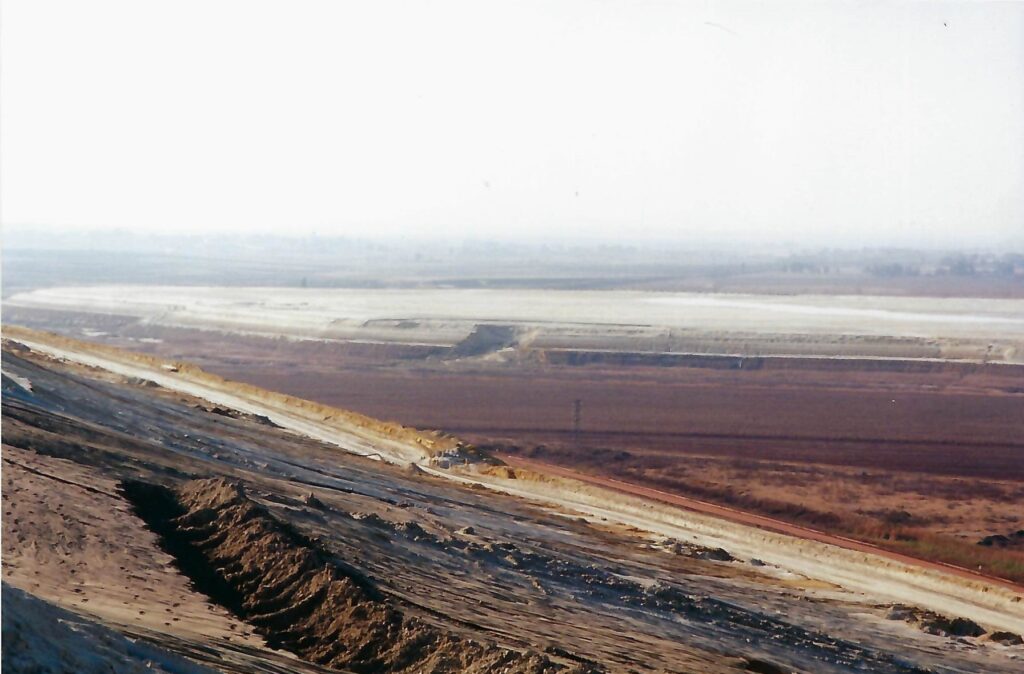
Small failure at a TSF in South Africa
There has been a rash of tailings failures during the last year or so. It makes me wonder if we are getting better at reporting failures. When I lived in South Africa I was aware of two failures where the outer slope of the facilities had moved a considerable amount, but there was no release of tailings and nobody was injured. Those are certainly failures, but hardly the thing that makes headlines. Merriam Webster has several definitions of failure, including:
- omission of occurrence or performance
- a state of inability to perform a normal function
- an abrupt cessation of normal functioning
- a fracturing or giving way under stress
- lack of success
- a falling short
Certainly, the failures I observed in South Africa were failures in the truest sense, but there was only minimal harm to the environment and no personal injuries. Where does this take us?
The 2001 Bulletin 121, ICOLD Tailings Dams Risk of Dangerous Occurrences, Lessons learnt from practical experiences, they tend to use the term, “incident”, but separate the terms “failure”, “accident” and “incident”. In the Bulletin, “incidents” are categorized as:
- 1A failure, active impoundment
- 1B failure, inactive impoundment
- 2A accident, active impoundment
- 2B accident, inactive impoundment
- 3 groundwater
From this, we can assume that an incident includes failures and accidents. The term “failure” is apparently not defined in the Bulletin, nor is “accident”; thus, we are left to our own devices. There is a summary table of incidents provided in the Bulletin. When there is specified volume of tailings released, the occurrence is always deemed to be a failure, even when the release was as small as 40 cubic meters (and in one case where the release is listed as being “minimal”). There is a single outlier that released 40,000 cubic meters of tailings, and it was designated an “accident”. Confused? If the authors at ICOLD can create confusion, who are we to resolve that? My apologies to those authors. They were dealing with very difficult data and an incomplete database (as stated in the Bulletin, “The ICOLD Committee on Tailings Dams and Waste Lagoons… encountered a reluctance amongst the owners of tailings dams to expose incidents or failures unless they came into the public domain through the media or published papers”).
Based on the above list, what I’d observed in South Africa was an “accident” because there was no release of tailings. Based on Merriam Webster’s definitions, they were certainly failures.
Anyway, when we hear that a tailings facility has failed, that doesn’t tell us enough. We need more. The term “failure” doesn’t say enough. Beware of early reports.

